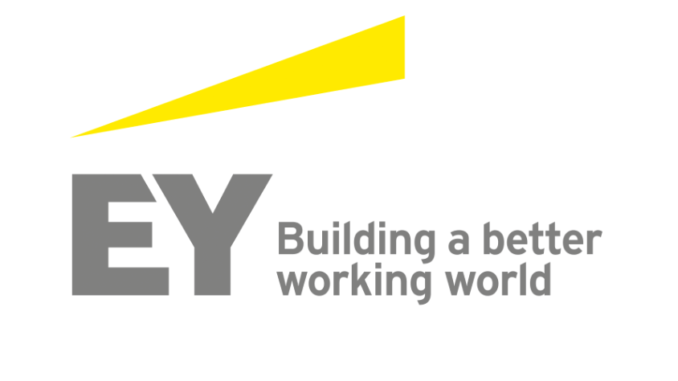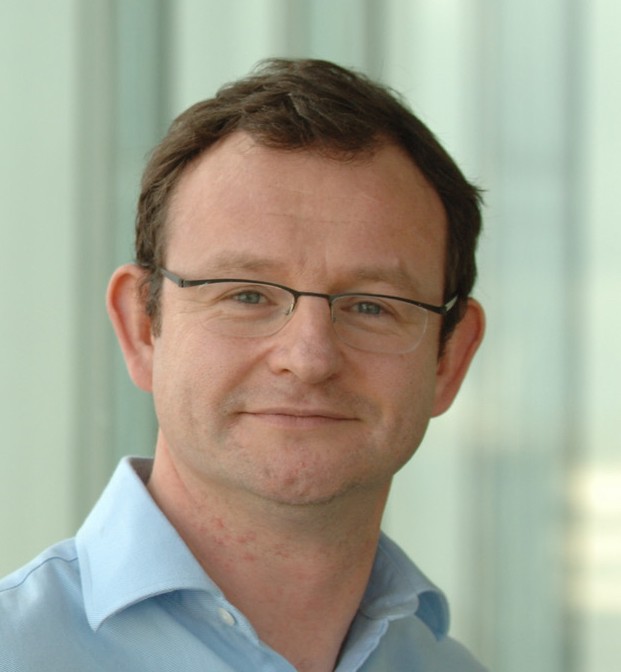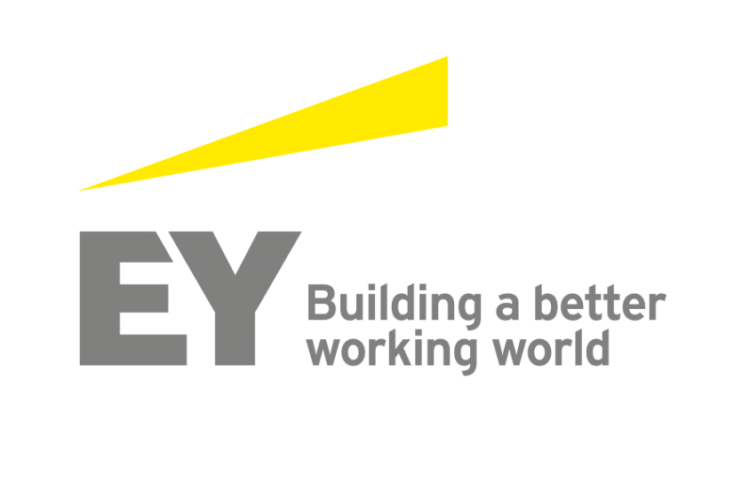
Artificial Lawyer recently caught up with Harry Gaskell, UK Chief Innovation Officer of Big Four firm, EY. We discussed how AI is being used inside the professional services giant, what this all means and whether the future of partnerships is cylindrical or pointy at the top.
Gaskell starts off by saying that EY uses AI systems across the multi-disciplinary business and in a number of ways.
When asked for a concrete example Gaskell mentions a machine learning system they have developed that helps clients to calculate their capital allowance for tax purposes.
At first glance this may not appear that exciting, but in reality it’s a very complex and time-consuming job for the firm. Not complex in terms of stressing their partners’ best minds, but complex in terms of being, well, a bit ‘fiddly’.

Gaskell explains that capital expenditure allowances are a vast subject that can cover the taxable position of everything from a bag of cement to high value plant. Usually an accountant has to go through the forms that list all the items, check what their taxable position is and then create an overall capital allowance picture.
In short, it’s one of those jobs that neither a firm filled with highly paid and super smart graduates wants to spend too much time on, nor a job a client really wants to spend a fortune on either.
Their AI system reads the documents, compares the data gathered on past projects for various items and quickly calculates the overall position.
‘We’re taking a 15 hour project for one of our staff down to about three seconds,’ says Gaskell. Naturally, this three second work time is only possible because plenty of time has been spent beforehand training the system and getting the entire workflow and data flow right.
But, then, that’s industrialisation via AI, there’s a big outlay of time and then off it goes, doing process work at tremendous speed.
But, this is just one example. Gaskell says he sees plenty of other opportunities in EY.
‘Tax is basically just a big AI problem, it’s all about rules and data, it’s about matching one thing with another,’ he explains.
Gaskell adds that their firm’s senior managers are well aware of this fact.
But, doesn’t the idea of automating, via AI or other tech, large swathes of accounting work terrify the firm?
The short answer is: no.
The long answer goes like this: ‘With this type of technology we will win market share and/or we will increase our margins,’ says Gaskell.
He accepts that over time the price of such work will eventually erode, especially as the ‘time equals value equation’ starts to collapse as a pricing benchmark. But this is taken on the chin and Gaskell sees this as inevitable.

‘If you are the fourth firm to do this then it is a different situation. Being first (with AI/automation solutions) is very advantageous,’ he adds.
Gaskell’s thesis is that if you’re going to try and sell the ‘better, faster, (perhaps also cheaper)’ service and take market share then you need to hurry up and get out in front. The stragglers at the back will be picking up what’s left over, moreover their tech will look derivative compared to the leaders.
In fact, why would a client go to one of the stragglers? After all, this is how platform dominance begins. Just talk to Microsoft, Apple and Samsung, they know all about creating the best platform for their clients and what impact it has on everyone else in the market.
So, what next? Gaskell mentions using natural language generation (NLG) to produce the first draft of client reports, as well as using machine learning to model likely payment profiles for clients to manage their cashflow.
And of course, EY also has its own managed legal services offering, as many law firms, ALSPs and others now have. This also looks likely to grow and continue to tap legal AI systems.
In fact, every time we settle on a practice area or subject, Gaskell has a potential or active use case for some aspect of AI at EY.
Again, it drives Artificial Lawyer to ask: ‘Isn’t this freaking your staff out?’
Gaskell is certain it is not. ‘All of this is going to automate bottom end tasks. Our people are not upset. Using spreadsheets all day is not their favourite job,’ he adds.
But….hold on, won’t this eventually have a staffing impact on EY? Gaskell is happy to address that one head on.
‘We’re going to need fewer people at the bottom of the pyramid, but overall the Firm will be larger,’ he states. In fact, Gaskell suggests that the pyramid, which has ruled over professional services for decades, if not centuries, may have met its end.
‘In the future firms may be more like cylinders,’ he suggests, and he may well be right. We will find out soon enough and likely EY will be at the vanguard in this respect.
Harry Gaskell of EY, as well as many other great speakers, will be appearing at the Alternative AI for Professional Services conference in London on 27th November. If you would like to know more, or find tickets, please see here.
1 Trackback / Pingback
Comments are closed.